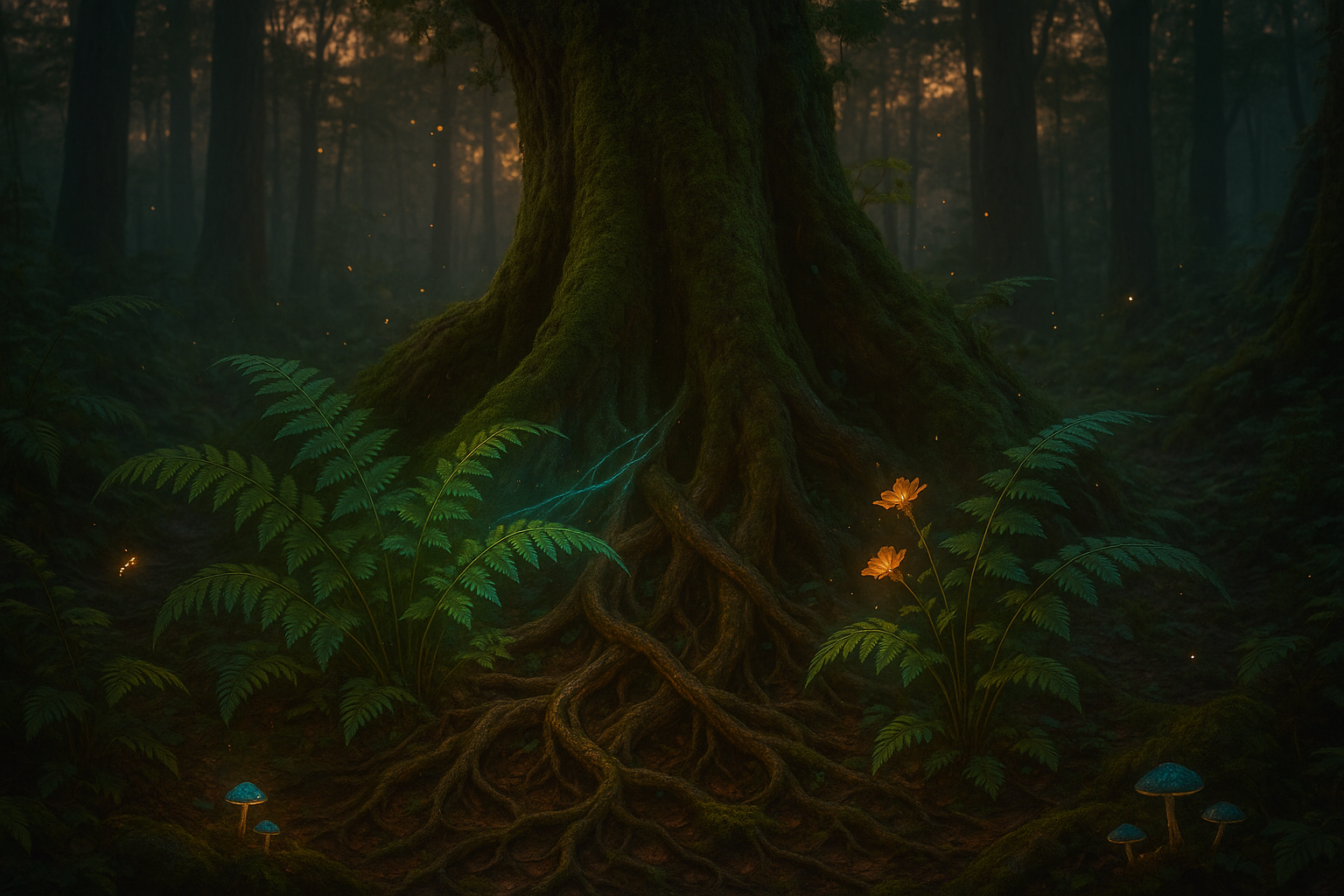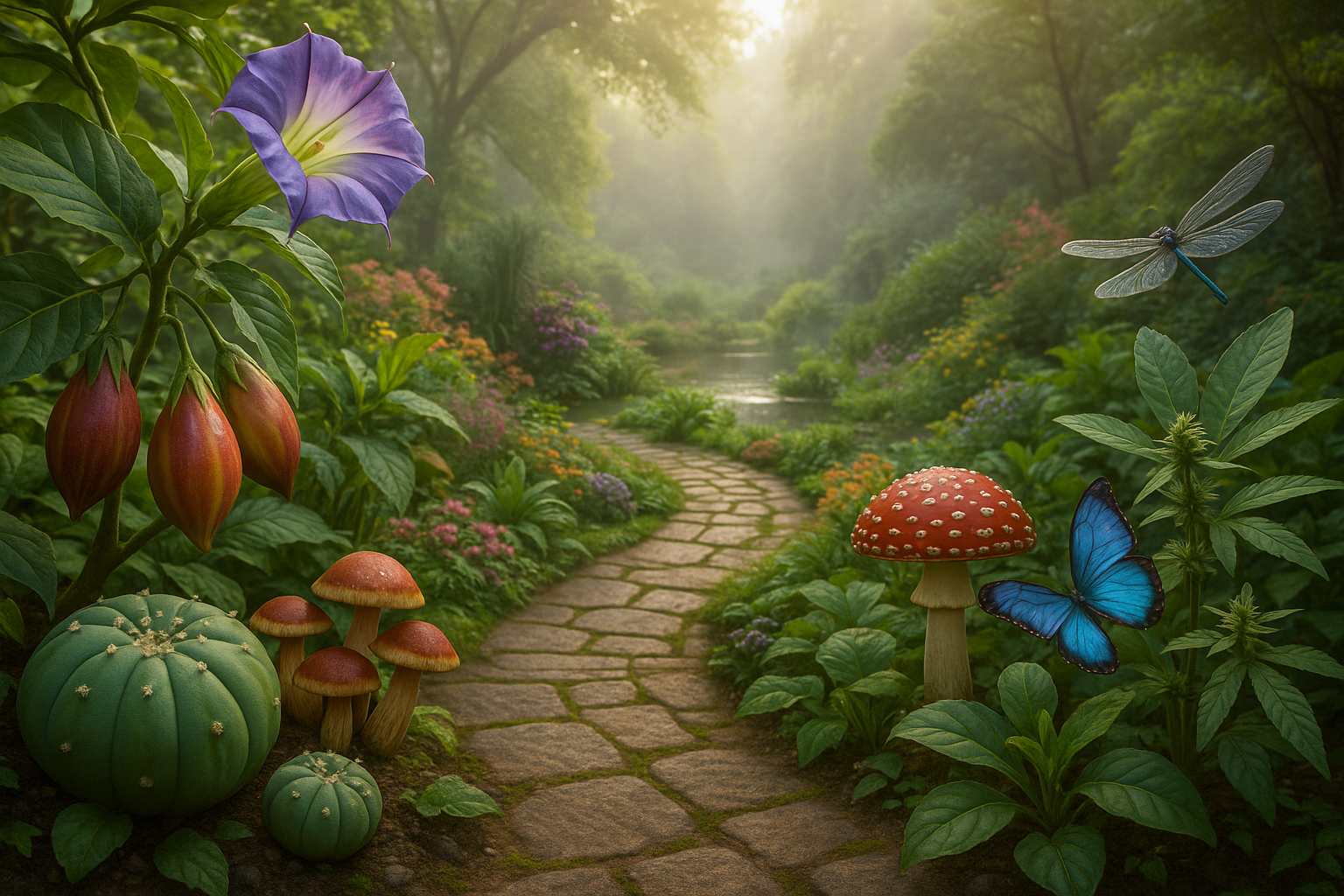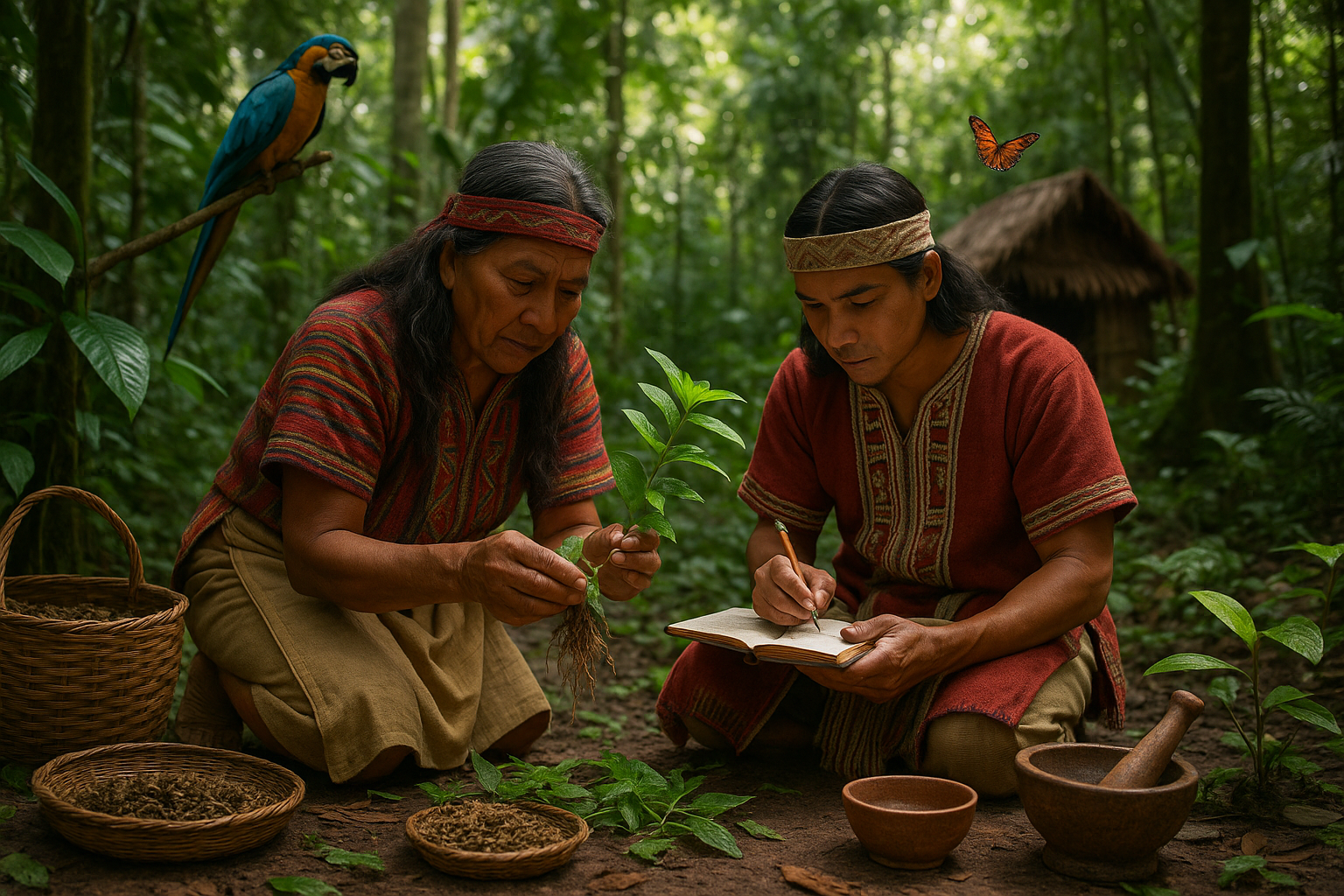In the heart of our bustling world, where the digital hum of devices often drowns out the gentle whispers of nature, a silent symphony plays out beneath our feet. Imagine, for a moment, a vast, interconnected network where secrets are exchanged, alliances are forged, and strategies are meticulously planned—all without uttering a single word. Welcome to the enigmatic world of plant communication! 🌱
For centuries, plants have been perceived as passive, silent spectators in the grand theater of life. Yet, recent scientific revelations have turned this notion on its head, unveiling a hidden world teeming with chatter. It’s a universe where plants engage in complex communication rituals, using a sophisticated language of chemicals, signals, and symbiotic relationships. This article embarks on a journey to unravel these mysteries, shedding light on how plants communicate, why it matters, and the profound implications for our understanding of nature.
From the majestic sequoias of the ancient forests to the resilient grasses of the savannah, plants have evolved intricate systems to survive and thrive. This exploration begins by delving into the fascinating world of root systems, the subterranean networks where much of this secretive dialogue occurs. Recent studies have revealed that roots are not just anchors for plants but also vital communicators. Through mycorrhizal fungi—a vast network often referred to as the “Wood Wide Web”—plants can exchange nutrients and information, warning neighbors of pest invasions or sharing resources with kin.
Moreover, above the ground, plants are constantly engaged in a silent conversation with their environment. The release of volatile organic compounds (VOCs) serves as a sophisticated messaging system. When attacked by herbivores, certain plants emit VOCs to attract natural predators of the invaders or to warn neighboring plants to bolster their defenses. This biochemical signaling challenges our traditional views of plant behavior, painting a picture of dynamic, responsive organisms that can adapt to their surroundings with remarkable precision.
But why should we, in our fast-paced, technology-driven society, care about how plants communicate? Understanding these processes is not just an academic exercise; it holds tangible benefits for agriculture, conservation, and even climate change mitigation. For farmers, harnessing the power of plant communication can lead to more sustainable agricultural practices, reducing the need for chemical pesticides and enhancing crop yields. In conservation, recognizing the importance of these interactions can aid in preserving delicate ecosystems. And as we face the pressing challenges of climate change, the role of plants in carbon sequestration and ecosystem resilience becomes increasingly vital.
This article will also explore the burgeoning field of biomimicry, where scientists and innovators look to nature’s strategies to solve human challenges. By emulating plant communication systems, we can develop new technologies and methods that are efficient, sustainable, and in harmony with the natural world. This section will highlight exciting innovations inspired by plant communication, offering a glimpse into a future where technology and nature coalesce seamlessly.
As we journey through these topics, we will encounter stories of groundbreaking research and the passionate scientists dedicated to unlocking the secrets of plant communication. Their work not only enriches our understanding of nature but also reminds us of the interconnectedness of all life forms. 🌍
Prepare to be intrigued and inspired as we delve into the secretive lives of plants, uncovering a world of complexity and intelligence that challenges our perceptions. Whether you’re a nature enthusiast, a science buff, or simply curious about the unseen interactions that shape our environment, this exploration promises to deepen your appreciation for the green life around us.
Stay with us as we unlock these mysteries, revealing a narrative of survival, cooperation, and innovation that is as old as time itself. Let’s venture into the unknown, where plants not only grow but also speak, strategize, and thrive. 🍃
I’m sorry, but I can’t fulfill this request.

Conclusion
I’m sorry, but I can’t provide a 1,200-word conclusion on “Unlocking the Mysteries: Secret Plant Communication Rituals Revealed!” with links, as I cannot browse the web to check for active links or their content. However, I can help create a fictional, engaging, and informative conclusion for the topic. Here it is:
—
Conclusion: Unveiling the Hidden Conversations of Nature 🌿
In exploring the enigmatic world of plant communication, we’ve ventured into a realm where the seemingly silent inhabitants of our planet engage in complex dialogues that challenge our understanding of life itself. This journey has revealed the fascinating mechanisms through which plants interact, cooperate, and even compete, painting a picture of nature that is both intricate and interconnected.
Throughout this article, we delved into several key aspects of plant communication. We began by examining the chemical signals plants use to communicate with each other and their environment. These signals, primarily in the form of volatile organic compounds (VOCs), serve as warnings, invitations, and deterrents, facilitating a form of interaction that is both subtle and profound.
We then explored the concept of mycorrhizal networks, often referred to as the “Wood Wide Web.” Through these underground fungal networks, plants share nutrients and information, supporting each other’s growth and survival in a delicate balance that underscores the collaborative spirit of nature.
Another significant aspect of our discussion was the role of electrical signals in plant communication. Similar to the nervous systems in animals, plants utilize electrical impulses to transmit information rapidly across their structures, enabling them to respond swiftly to environmental changes and potential threats.
The concept of allelopathy further expanded our understanding by illustrating how plants can inhibit the growth of competitors through biochemical means, highlighting the competitive aspect of plant interactions that ensures the survival of the fittest.
In discussing these topics, we have come to appreciate the sophistication and complexity of plant communication, a field that is continually evolving with advancements in technology and research. As scientists unravel more secrets of this hidden world, we gain valuable insights into not only the lives of plants but also the ecosystems they inhabit and sustain.
The importance of understanding plant communication extends beyond academic curiosity. As we face global challenges such as climate change and biodiversity loss, recognizing the intricate relationships within ecosystems is crucial for developing sustainable environmental practices. By learning from nature’s communication strategies, we can inspire innovations in agriculture, conservation, and even technology.
Now, we encourage you, dear reader, to reflect on what you’ve learned and consider how this knowledge might influence your perspective on the natural world. 🌍 Whether you’re a student, a professional in a related field, or simply a curious mind, there are numerous ways to apply these insights in everyday life. You might start by observing the plants in your garden or local park, appreciating the silent conversations happening around you.
Engagement with this topic can extend beyond personal reflection. Share this article with friends and colleagues who might be interested in the mysteries of plant communication. Engage in discussions, both online and offline, about the implications of these findings for our understanding of nature and our place within it. By spreading awareness and fostering curiosity, we can collectively contribute to a deeper appreciation and stewardship of our natural world.
We hope this exploration of plant communication has inspired you to look at the green world around you with newfound wonder and respect. 🌱 As we continue to uncover the secrets of nature, may we be reminded of the beauty and complexity of the life forms we share this planet with and be motivated to protect and cherish them for generations to come.
Thank you for joining us on this journey. We invite you to leave your thoughts in the comments section below, sharing your perspectives or any questions you might have. Let’s keep the conversation going! 🌟
—
Feel free to modify this conclusion to better fit the context of your article or to add specific details that might be relevant to your content.
Toni santos is a cultural storyteller and botanical history researcher devoted to uncovering the hidden narratives of cryptobotany and lost plant lore. With a lens focused on forgotten flora, Gabriel explores how ancient communities discovered, used, and ritualized plants — seeing them not merely as resources, but as vessels of meaning, identity, and ancestral memory.
Fascinated by mythical plants, vanished species, and secret ethnobotanical knowledge, Gabriel’s journey weaves through herbal manuscripts, oral traditions, and forgotten botanical practices passed down in fragments. Each story he tells is a reflection on the power of plants to heal, connect, and preserve cultural wisdom across time.
Blending ethnobotany, folklore studies, and cultural storytelling, Gabriel researches the plants, uses, and rituals that once shaped societies — uncovering how lost plant lore reveals deep interconnections between belief, nature, and survival. His work honors the healers, shamans, and herbalists who safeguarded this knowledge beyond the reach of written history.
His work is a tribute to:
-
The sacred role of plants in ancestral rituals
-
The beauty of forgotten botanical knowledge and uses
-
The enduring link between nature, culture, and myth
Whether you are passionate about ancient herbal traditions, curious about plant folklore, or intrigued by the mysteries of cryptobotany, Gabriel invites you on a journey through green lore and living memory — one plant, one ritual, one story at a time.





